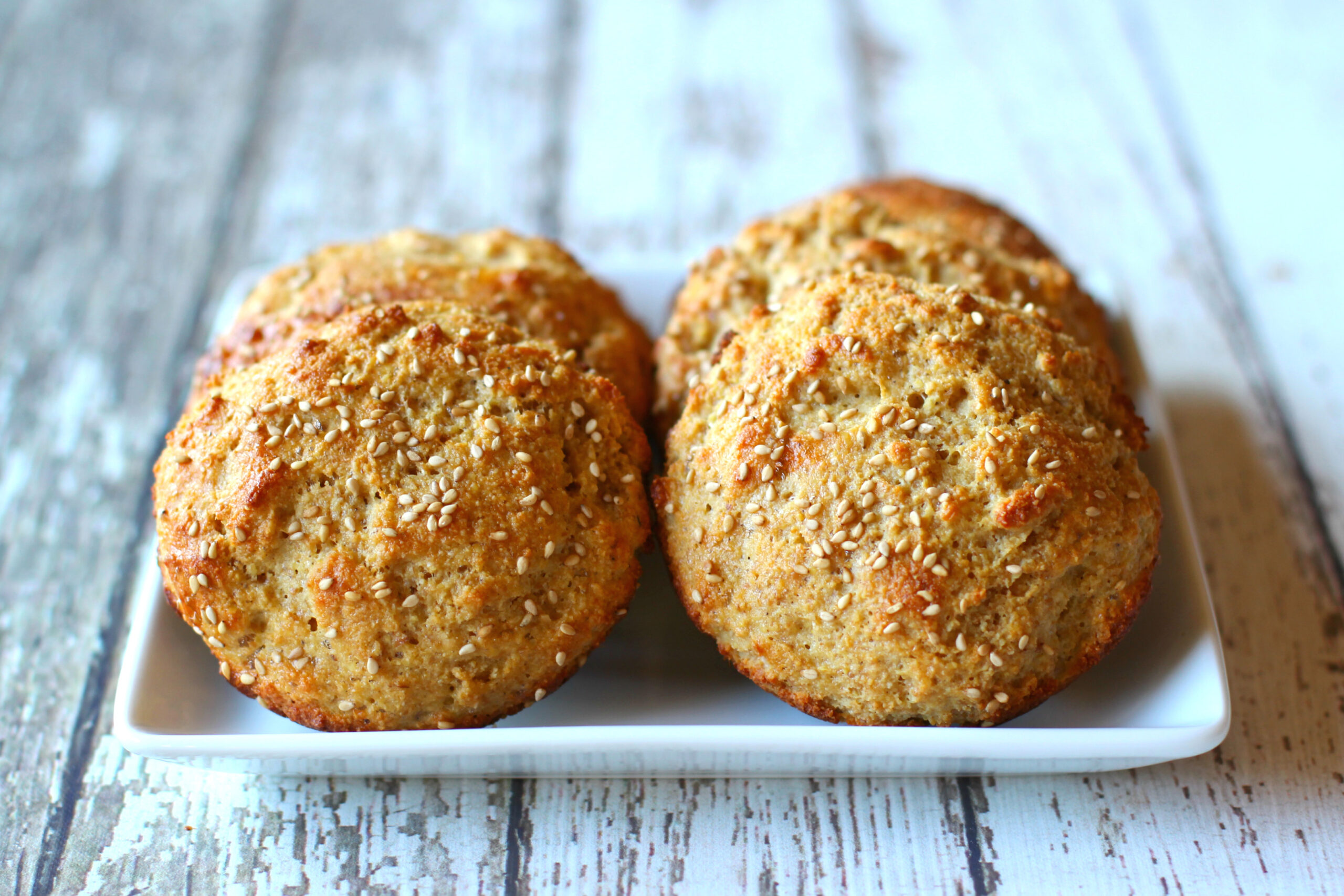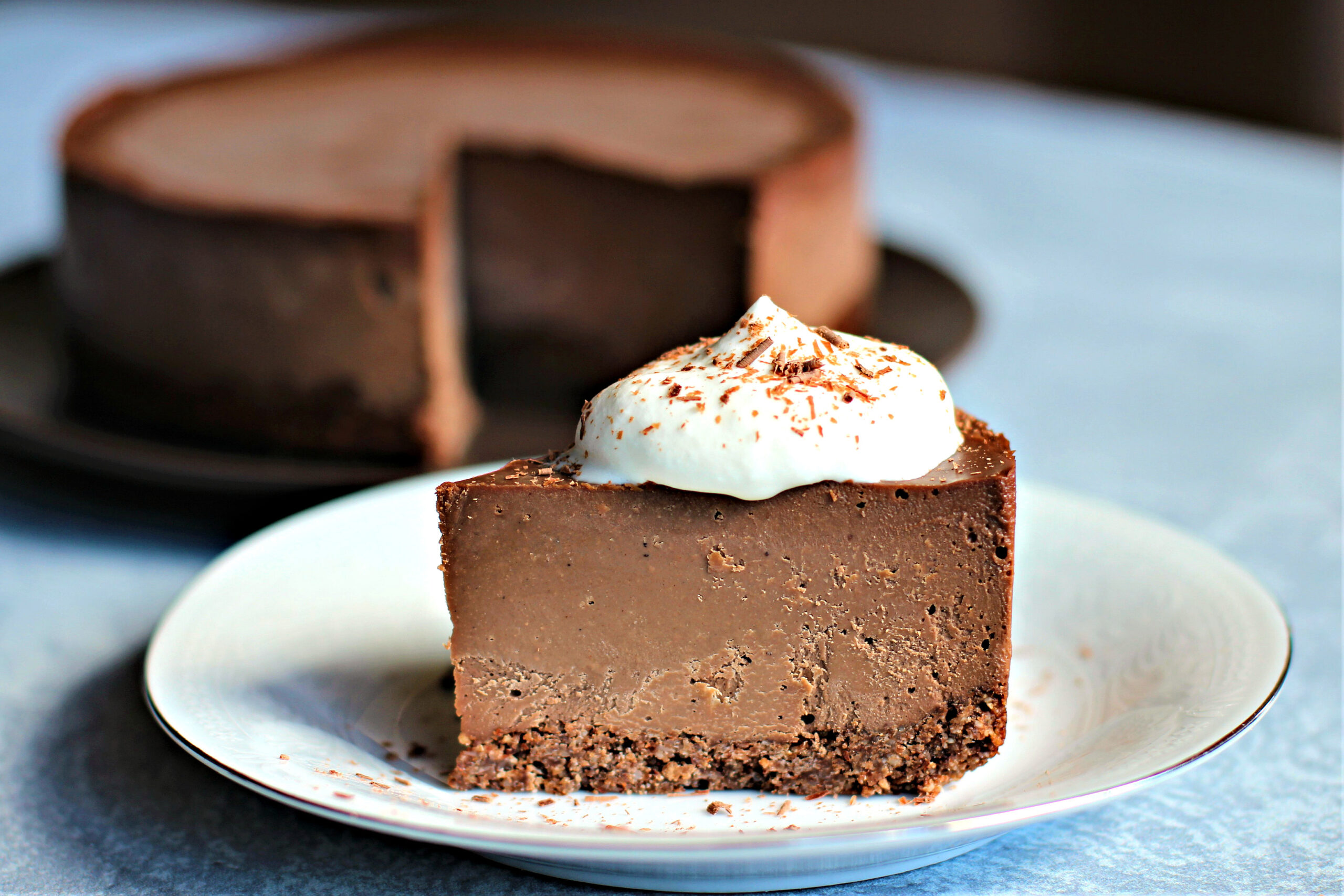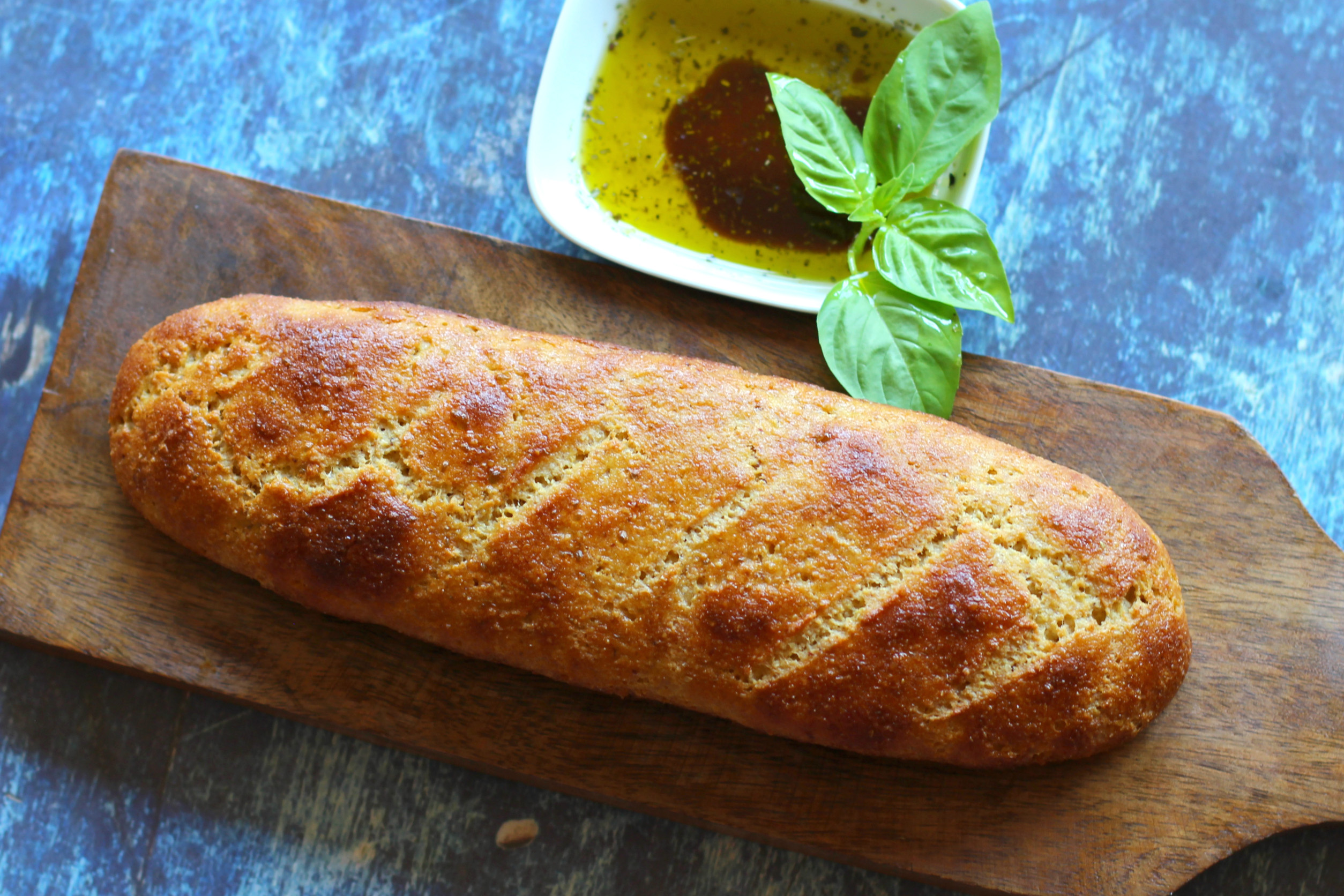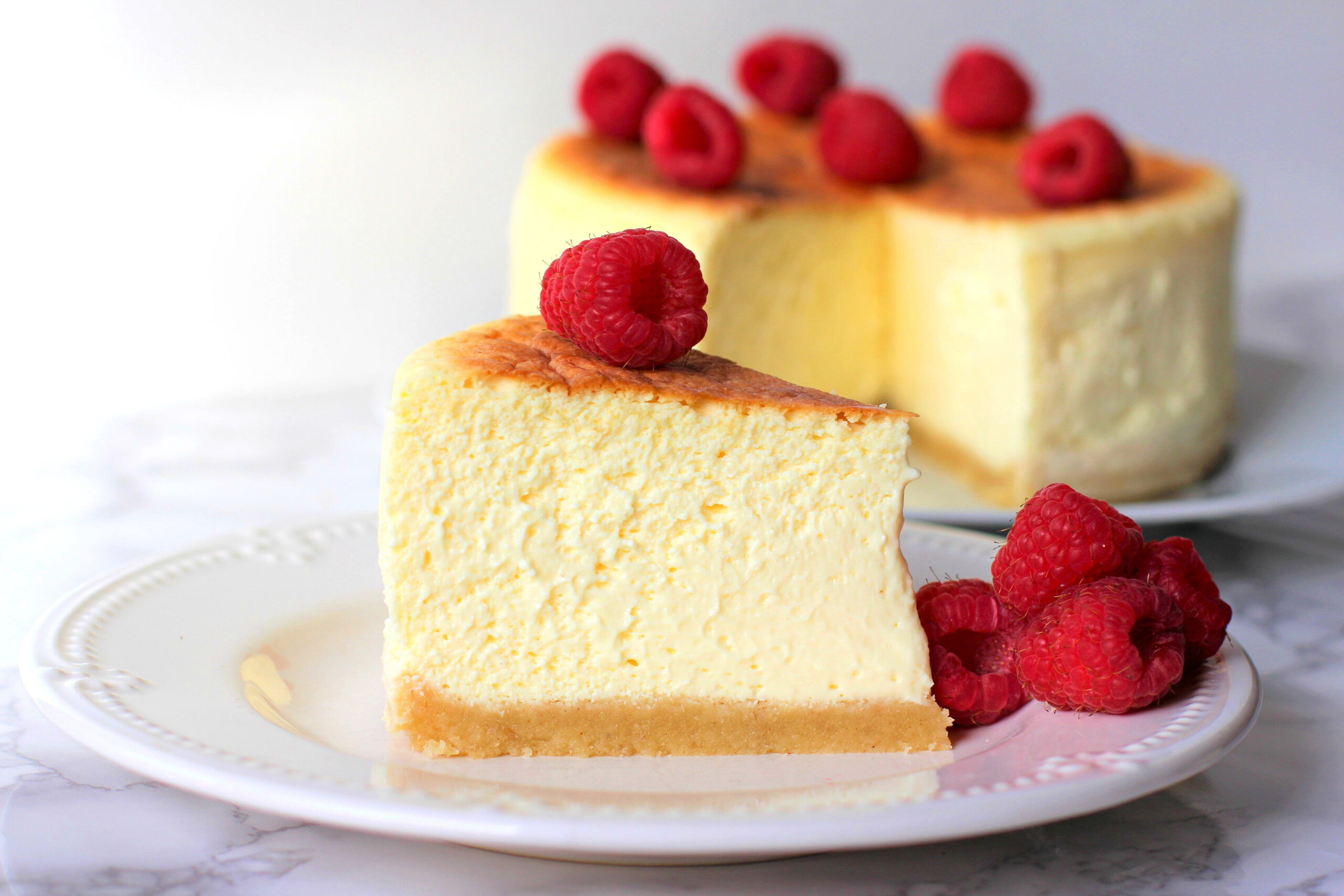Hello there!
I’ve decided to go back to the Keto Diet. This has always been my most successful way to lose weight.
After a dieting holiday that spanned the lockdowns and various stressy things going on I now need to lose a several pounds just to get back to where I was before!
But I have a few issues with Keto;
- What if I want a naughty sweet treat? Because I know I’m going to.
- Or a dessert – after all a meal doesn’t seem quite finished without a little something delicious to round it off!
- What about when I need to grab something quick, especially when I come home from work ravenous?
- And lunches – I really love sandwiches, a box of salad leaves doesn’t do it for me! Can I really make keto lunches that fill me up.
- How can I provide for the family and keep to my diet?
Keto Breads and Desserts
One of the key components of the keto diet is limiting your intake of carbohydrates, which can be found in many types of bread and desserts.
Yummy bread and desserts I might add.
If like me you’re looking for a delicious way to indulge in these breads and desserts while still sticking to a low-carb or ketogenic diet, then you’re in luck!
The world of keto-friendly baked goods and sweet treats has been booming in recent years, and there are plenty to choose from.
You don’t have to wave goodbye to these treats altogether. With the right ingredients and recipes, you can create delicious keto-friendly versions of breads and healthy puddings and even keto pastries.
Breads
Let’s start with bread. Traditional bread is typically made with wheat flour, which is high in carbs. However, there are many alternative lower carb flours that can be used in keto bread recipes, such as;
- Almond Flour – made from ground almonds this flour has numerous health benefits.
It contains lots of prebiotic dietary fiber. Which leads to a healthier, more efficient digestive system.
It is full of vitamin E, an antioxidant known to help your brain and reduce your risk of developing cognitive diseases like Alzheimer’s disease.
It is a good source of:
-
- Manganese
- Magnesium
- Copper
- Phosphorous
- Calcium
- Iron
It can be used to replace wheat flour in most recipes – and you can even grind up your own.
To make almond flour: add blanched OR un-blanched almonds to a blender and blitz until a flour like consistency is achieved. Blanched almonds have had the reddish brown skin removed , these make a lighter flour in both colour and texture. Unblanched almonds make nuttier texture flour with a darker colour.
A quick search on Amazon shows that there is little benefit pricewise to making your own – unless you have an almond tree in the garden or yard.
- Coconut Flour – made from dried and ground coconut flesh it is a bi-product of the coconut milk industry. Like Almond flour it contains more dietary fiber and fewer carbs than traditional flour and is gluten free.
It contains high levels of medium-chain fatty acids (MCT’S) These MCT’s go straight to the liver, where they have a thermogenic effect and the ability to positively affect metabolism.
Some people with nut allergies can eat coconut flour but obviously not almond flour.
It is also high in;
-
- Potassium – this is the third most abundant mineral in the body It helps the body regulate fluids and muscle contractions and to send nerve signals. Most people who eat a western diet are low in this vital mineral. But people with kidney disease should be careful about how much potassium they consume.
- Magnesium
- Manganese
- Copper
- Selenium
- Iron
- To make coconut flour: is a little more complicated as the coconut flakes have to be turned into pulp and then dried. For a great ‘How To’ video – check out this link link HERE (not an affiliate link)
As with coconut flour there is very little price difference between making your own or buying it as a flour.
When cooking with coconut flour you don’t need as much as regular flour. So it could be a cheaper option.
- Flaxseed Meal – flaxseeds and linseed are the same product. However, in the UK we use linseed to make furniture oil and if using linseed for flour you need to check that its suitable for food use. The meal which is the ground up form of the seed and oil can also be made from both.
Recently named a ‘superfood’ it is particularly high in;
-
- Thiamine, a B vitamin that plays a key role in energy metabolism as well as cell function. It’s also a great source of copper, which is involved in brain development, immune health, and iron metabolism
- Omega 3 Fatty Acids.
- Lignans – Which are powerful antioxidants with many health benefits. They may be anti-inflammatory, they may help prevent hair loss. And they may also have anti-cancer properties
- Manganese
- Magnesium
- Phosphorus
- Copper
To make flaxseed meal or flour: blitz the whole seeds in a blender until a flour like consistency is achieved..
However, unless you grow your own flax you might as well buy the flour. Flax can be grown in more temperate climates – unlike almonds or coconuts so if you’re trying to be self sufficient it might be worth a try.
Now that we have our flour options sorted out – we need to think about baking.
Keto bread can come in many forms, including loaves, rolls, and even bagels.
One popular recipe is for keto-friendly cloud bread, which is a light and airy bread that’s perfect for sandwiches or toasting. It doesn’t use any flour at all.
Click the link HERE for the recipe. (not an affiliate link)
Another great option is almond flour bread, which has a slightly nutty flavor and a dense, chewy texture.
A range of recipes for all kinds of breads can be found HERE (affiliate link)

Desserts
Now, let’s move on to desserts. While traditional desserts are often loaded with sugar and carbs, there are plenty of keto-friendly options that can satisfy your sweet tooth without derailing your diet.
One of the most popular keto desserts is cheesecake, which can be made with almond flour or crushed nuts for the crust and a low-carb sweetener for the filling.
I’m not very keen on sweeteners because they are mostly very ‘chemically’ apart from stevia which is a natural plant sugar that you can grow yourself if you’re a keen gardener.
Never use Xylitol if you have dogs in the house as it is extremely toxic for them even in small doses.
Another delicious option is keto brownies, which can be made with almond flour, cocoa powder, and a sugar substitute. These brownies are rich and fudgy, and you won’t even miss the sugar and carbs. Check out a great recipe HERE (not an affiliate link)
There are plenty of other keto dessert options to choose from, including keto-friendly ice cream, mug cakes, and even keto doughnuts. The key is to use low-carb ingredients and unsweetened cocoa powder, and sugar substitutes to keep the carb count low.
A range of recipes for all kinds of desserts can be found HERE (affiliate link)
To Sum Up
In addition to being delicious, keto breads and desserts can also be a healthier choice than their traditional counterparts. By using low-carb ingredients and sugar substitutes, you can avoid the blood sugar spikes and crashes that can come with eating high-carb and high-sugar foods. And, the healthy fats and nutrients found in alternative flours can help with your overall health.
So go ahead – indulge! Knowing that you wont derail your diet OR compromise your health.
To Buy Your Keto Bread Recipes Book click HERE
To Buy Your Keto Dessert Recipes Book click HERE


